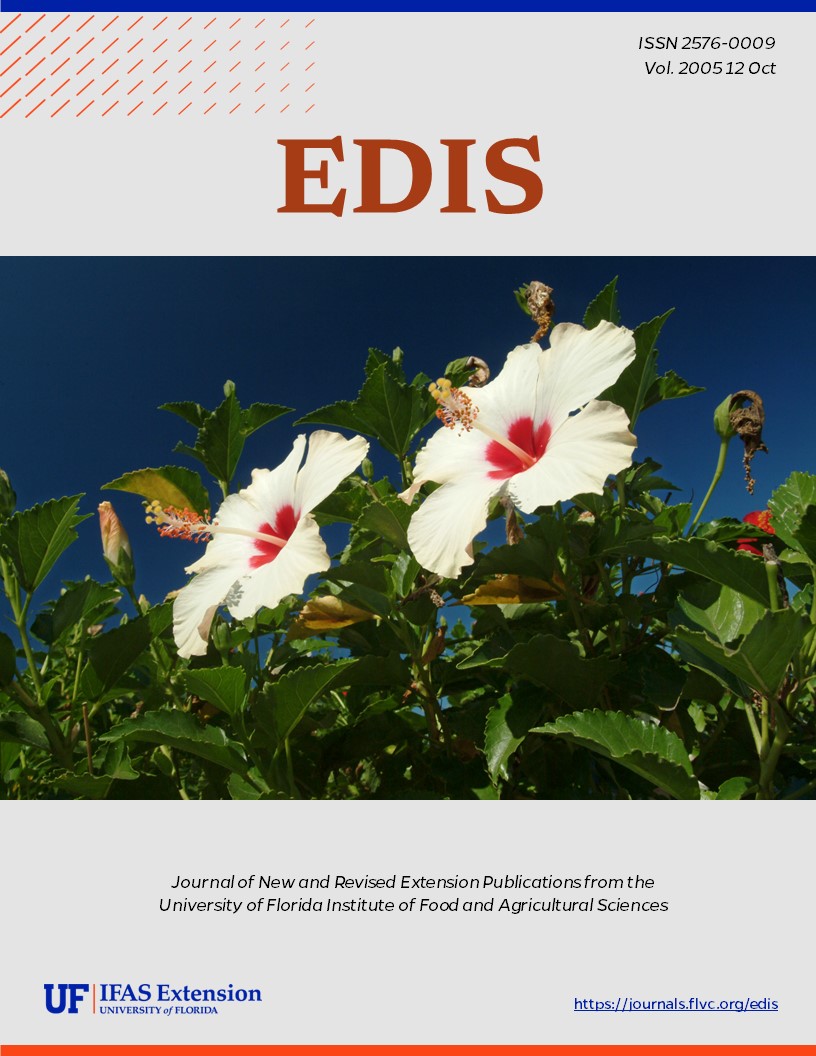Abstract
Viruses in the genus Tospovirus cause significant worldwide crop losses. The genus name is derived from the name of its first member, Tomato spotted wilt virus (TSWV). Initially observed in Australia in 1915, the spotted wilt disease of tomato was later shown to be of viral origin. The causal agent was designated TSWV, and considered to be the sole member of the tomato spotted wilt group of plant viruses until the early 1990s. At this time, the identification and characterization of several similar viruses, including Impatiens necrotic spot virus (INSV), led to the creation of the plant-infecting Tospovirus genus within the Bunyaviridae family, a large group of predominantly animal-infecting viruses. More than a dozen tospoviruses have since been identified and characterized and previously unknown species of the genus continue to be described on a regular basis. Three tospoviruses, TSWV, INSV and Iris yellow spot virus (IYSV), are known to occur in the US. This document is Fact Sheet PP-212, one of a series of the Plant Pathology Department, Florida Cooperative Extension Services, Institute of Food and Agricultural Sciences, University of Florida. Published October 2005.

